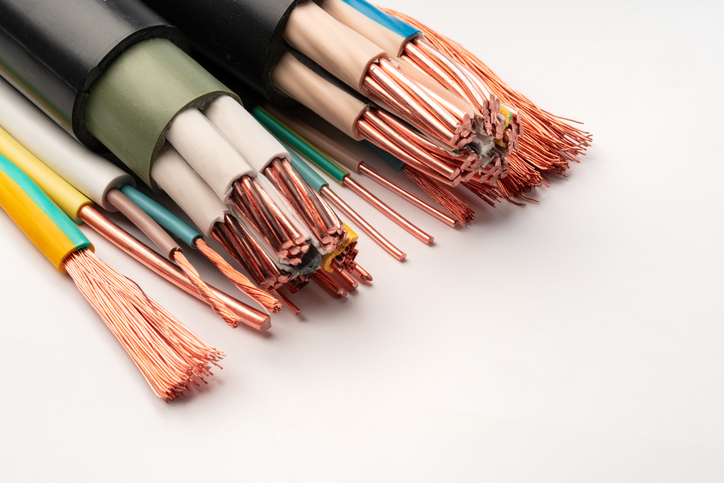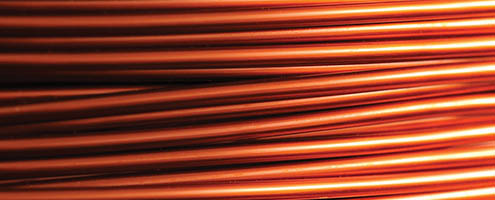Basic Ampacity Values
Ampacity, often referred to as current-carrying capacity, is a crucial concept in the electrical industry. It defines the maximum amount of electrical current a conductor can handle before its temperature exceeds safe limits. Proper conductor sizing is essential to ensure that the heat produced by the current flow, along with the ambient temperature, does not surpass the thermal rating of the insulation. Let’s delve into the key factors influencing ampacity.
Conductor Size and Its Impact on Ampacity
The size of the conductor plays a significant role in determining its ampacity. The larger the circular mil area of a wire, the more current it can safely carry. A thicker conductor allows for better heat dissipation, reducing the risk of overheating and maintaining the integrity of the insulation. Therefore, selecting the appropriate conductor size is paramount to ensuring safe electrical installations.
The Role of Insulation in Ampacity
Insulation is another critical factor that affects ampacity. The heat generated by the electrical current should never exceed the maximum temperature rating of the insulation material. If the insulation’s thermal capacity is breached, it can lead to degradation, increasing the risk of electrical failures or fires. It’s vital to choose insulation materials that can withstand the heat generated by the current flow under normal operating conditions.
Effect of Multiple Conductors on Ampacity
When multiple conductors are bundled together, the overall ampacity is reduced. This occurs because heat dissipation becomes less efficient as the number of individually insulated conductors increases. The limited space between the conductors hinders air circulation, leading to a buildup of heat. To mitigate this, it’s important to consider the number of conductors in a bundle and adjust the current-carrying capacity accordingly.
Installation Conditions and Their Influence on Ampacity
The conditions under which conductors are installed significantly affect their ampacity. Installing conductors in confined spaces such as conduits, ducts, trays, or raceways can restrict heat dissipation, thereby reducing their current-carrying capacity. In such scenarios, proper ventilation, forced air cooling, or the use of heat-resistant materials can help alleviate the restriction and maintain optimal ampacity levels.
Ensuring Safe Electrical Installations
Understanding the factors that influence ampacity is critical for designing safe and efficient electrical systems. By carefully selecting the appropriate conductor size, insulation material, and considering the installation environment, you can ensure that your electrical systems operate within safe thermal limits. Proper attention to these details not only enhances safety but also improves the longevity and performance of electrical installations. View out Suggested Ampacities guide for further information.
Related Resources

Suggested Ampacities
Ampacity, or current carrying capacity, is defined as the current a conductor can carry before its temperature exceeds a permissible value. Learn More
Electronic Current Ratings
As an electrical current flows through a conductor, heat is generated. Since heat must be dispersed, many factors must be considered before a safe current rating can be used in a wire and cable construction. Learn More
Welding Cable Ampacities
Welding Cables have specific ampacity, or current carrying capacity, values.Learn More


